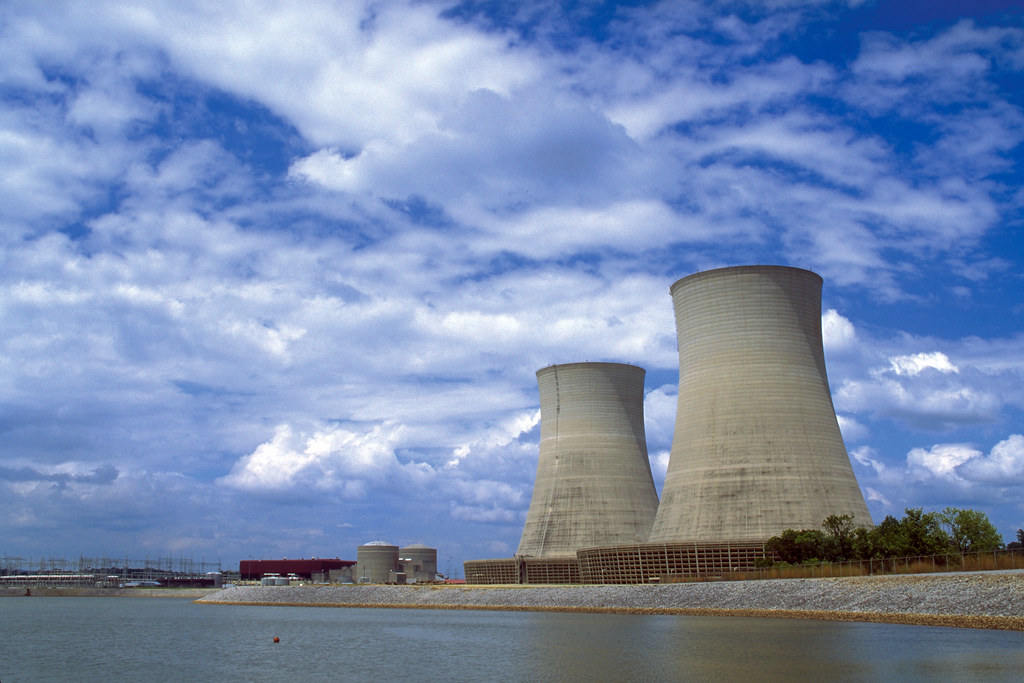My series on Natural Forces seems to be a dud based on the (lack of) comments. Usually they are rather robust in terms of both quantity and quality on Twelve Mile Circle. It goes to show that I have no idea which articles will resonate with an audience. And that probably explains why 12MC readership remains rather modest compared to lots of other sites.

The bad news is that I kind-of like the topic so I’m going to complete it. The good news is that I need to combine the final two natural forces into one article due to lack of content. Lucky for you, this will be the final article in the series. We’ll get back to a new bunch of geo-oddities in a couple of days.
Those final forces of nature are strong nuclear forces and weak nuclear forces. Let’s make sure we pronounce it nuclear not nucular. It’s like someone grating on a blackboard whenever I hear it pronounced “nucular”. More than one former President of the United States used to do that. Sorry about that pet peeve mini-rant.
A Futile Search
I can’t possibly begin to describe the difference between the two forces. Well, one is “strong” and the other is “weak” obviously, but that doesn’t help much. I certainly couldn’t find any distinct towns named accordingly. I blame it on my liberal arts education.
Actually, I couldn’t find a single populated place named Nuclear or some variation thereof. I looked in every official geographic database of the largest English-speaking nations, too. No dice. There’s always radioactivity of course but we’ve already covered that one rather extensively. I did find the names of a whole series of nuclear power plants. However, I felt that was probably cheating and defeated the entire premise of the exercise.
One Curious Result
No, I did not find a town but I did find a curious lake outside of Poughkeepsie, New York.
Nuclear Lake? That’s seemed like an odd name and I figured I’d find an interesting backstory.
Along the Trail
I also noticed a dotted-line on the map running along the western shore of Nuclear Lake. I switched it from terrain mode to map mode, zoomed in and discovered that I’d found the famous Appalachian Trail. Thus, anyone collecting counties along the trail or otherwise hiking the AT from one end to another (like Steve from CTMQ has done) would have to strolled directly along the shores of Nuclear Lake.
Truly Nuclear
Here’s the scary part, and I think the title of a 1986 article in the Los Angeles Times says it all. “New York Trail Includes Site of Plutonium Spill…“
“Hikers who stray from a new stretch of the Appalachian Trail may emerge from the oaks and laurel to find a shining lake echoing with the honks of Canada geese. To get there, however, they would have to surmount a rocky spine of land that hides the lake from the trail and pass signs posted every 50 feet bearing an ominous warning: “Property of U.S. Government. No Entry Beyond This Point. Potential Radioactive Danger.” United Nuclear operated the complex, a private research facility licensed by the government to experiment with bomb-grade uranium and plutonium, from 1958 to 1973. In 1972, the surrounding woods were contaminated when a chemical explosion scattered radioactive plutonium dust, considered by scientists to be the most toxic form of plutonium because of the threat of lung cancer if inhaled. The plant was closed, the plutonium was cleaned up, truckloads of contaminated soil were carried away.”
Nuclear Lake does indeed have a nuclear connection. It may or may not have been contaminated at one time. It may or may not have been completely cleaned-up. Well, It’s still somewhat controversial and a cause for concern for many people.
It looks like I won’t be hiking the Appalachian Trail anytime soon. Yes, that’s the reason… plutonium spill. It may have contaminated all 2,181 miles. Right. I’ll just keep telling myself that.

Leave a Reply